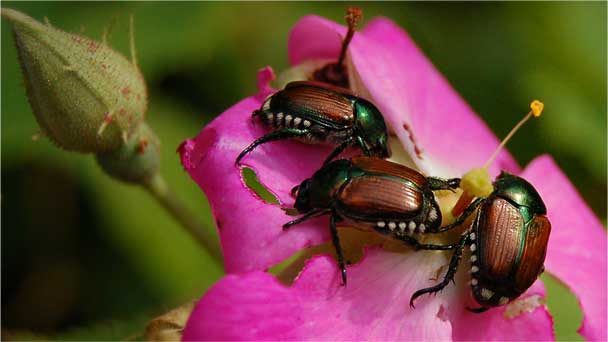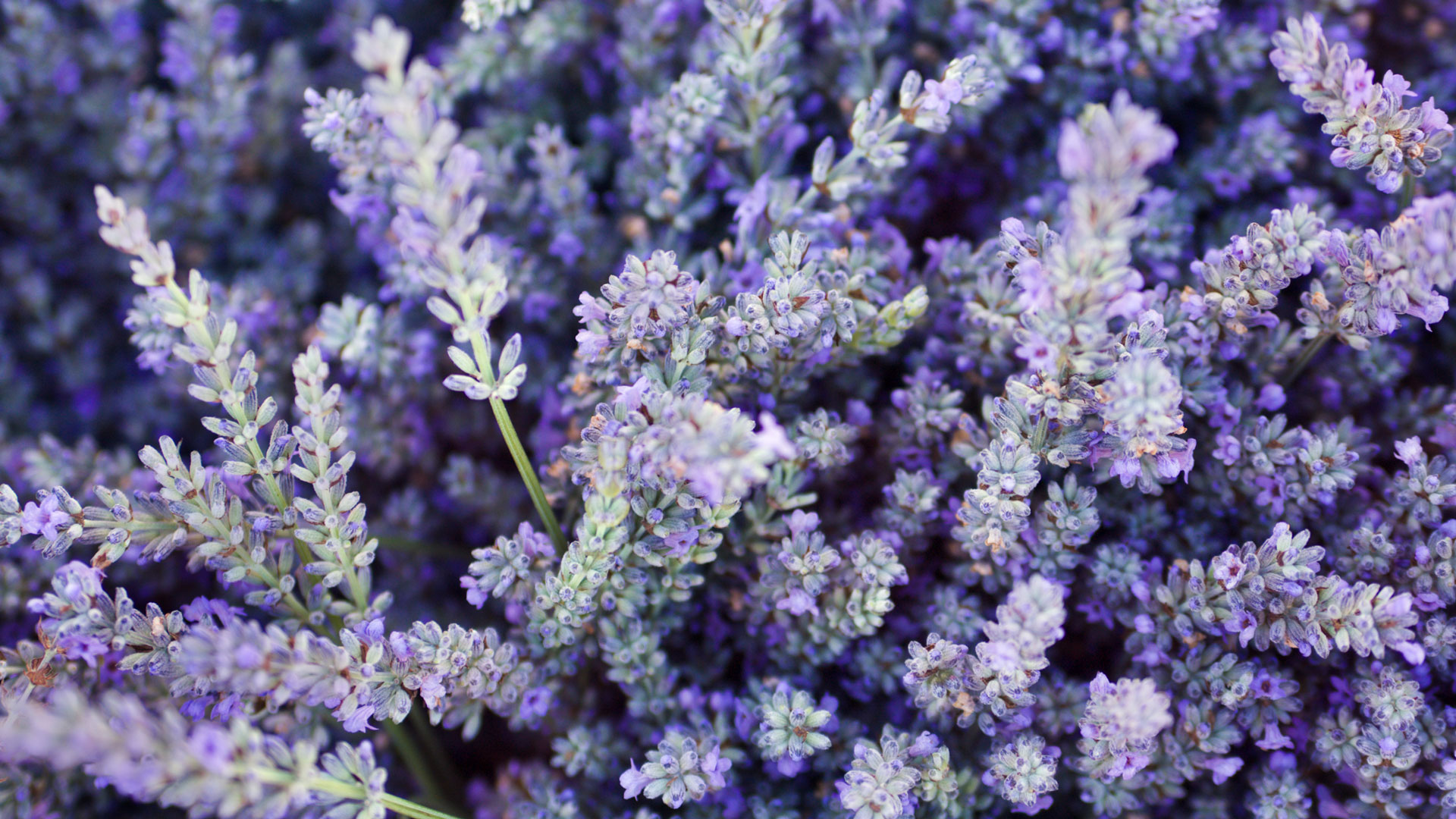
Herbs
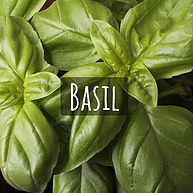
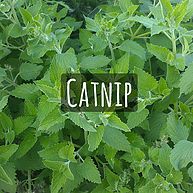
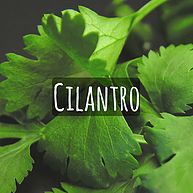

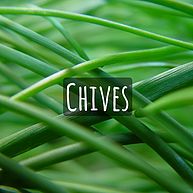
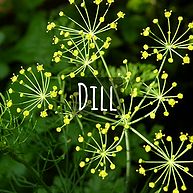
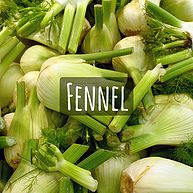
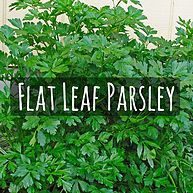
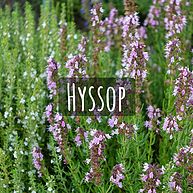
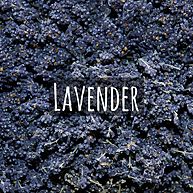
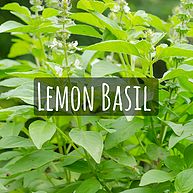
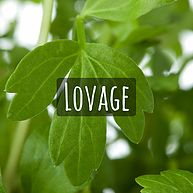
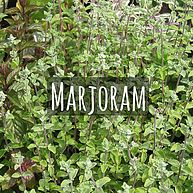
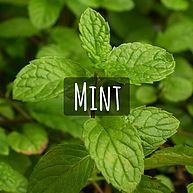
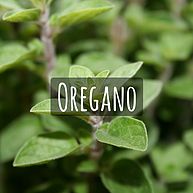
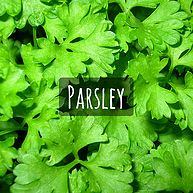
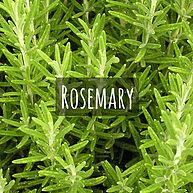
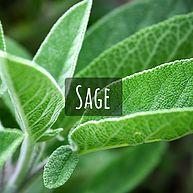
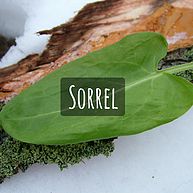
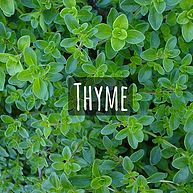
Events
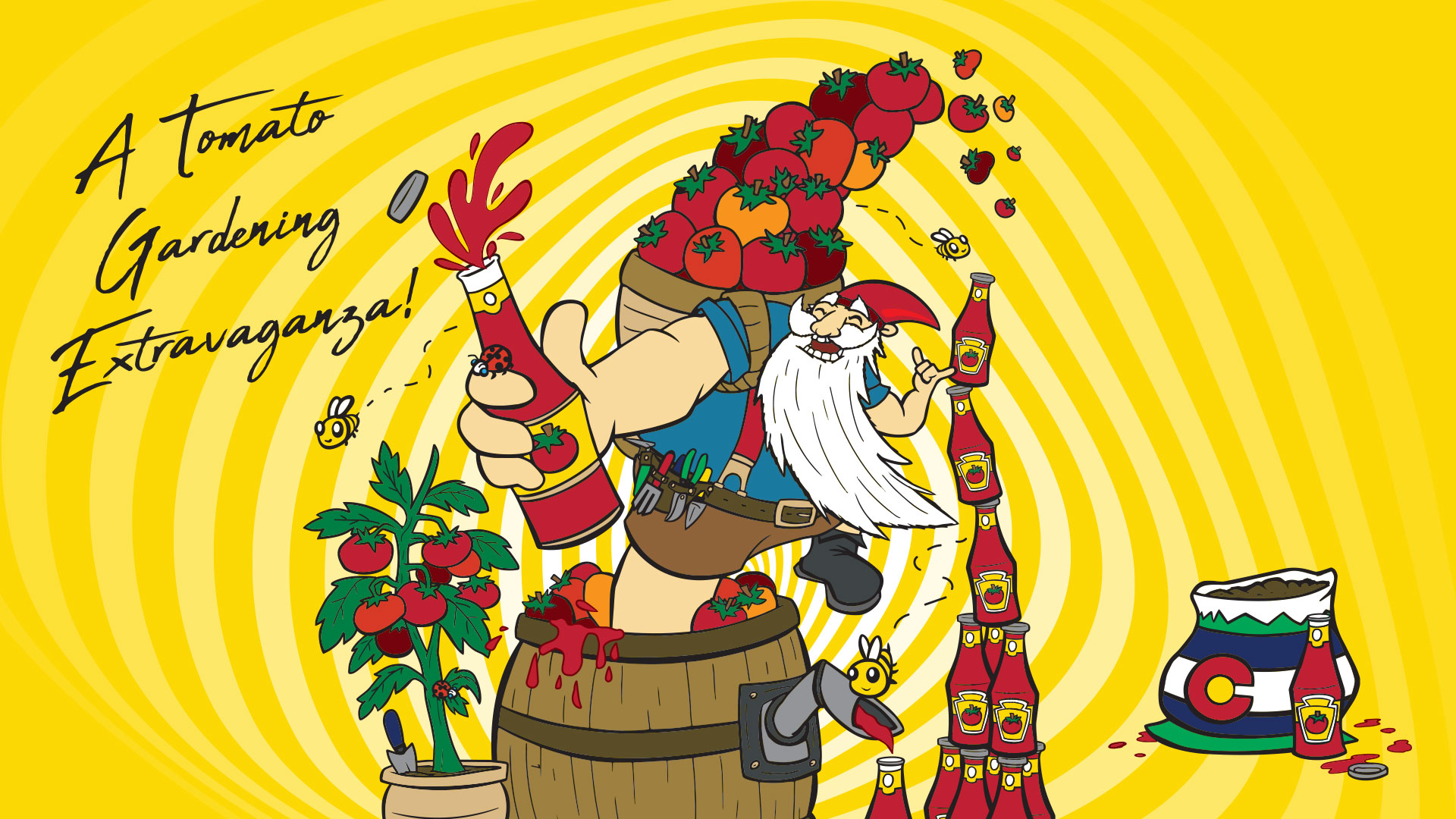
Join us for the world’s largest (and most fun) tomato plant sale! It’s what the New York Times called, “the tomato freaks’ Woodstock”.
Deals
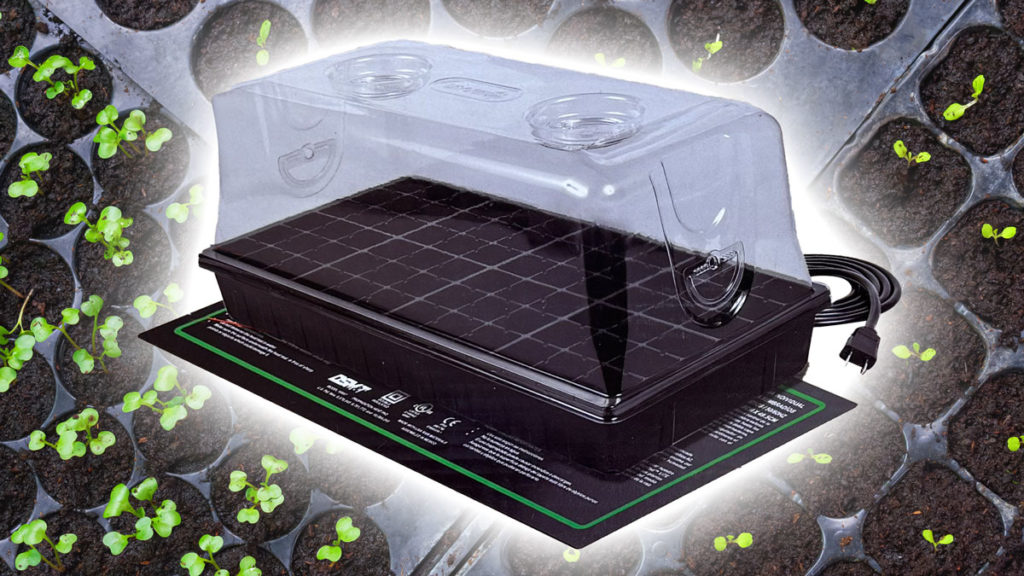
Expires April 30, 2025
Help seedlings root raster and more vigorously with gentle warmth and the perfect humidity. Food-grade BPA-free plastic, 72-cell insert, adjustable dome, humidity vents, and heat mat.

Expires April 30, 2025
Help seedlings root raster and more vigorously with gentle warmth and the perfect humidity. Food-grade BPA-free plastic, 72-cell insert, adjustable dome, humidity vents, and heat mat.
Blog
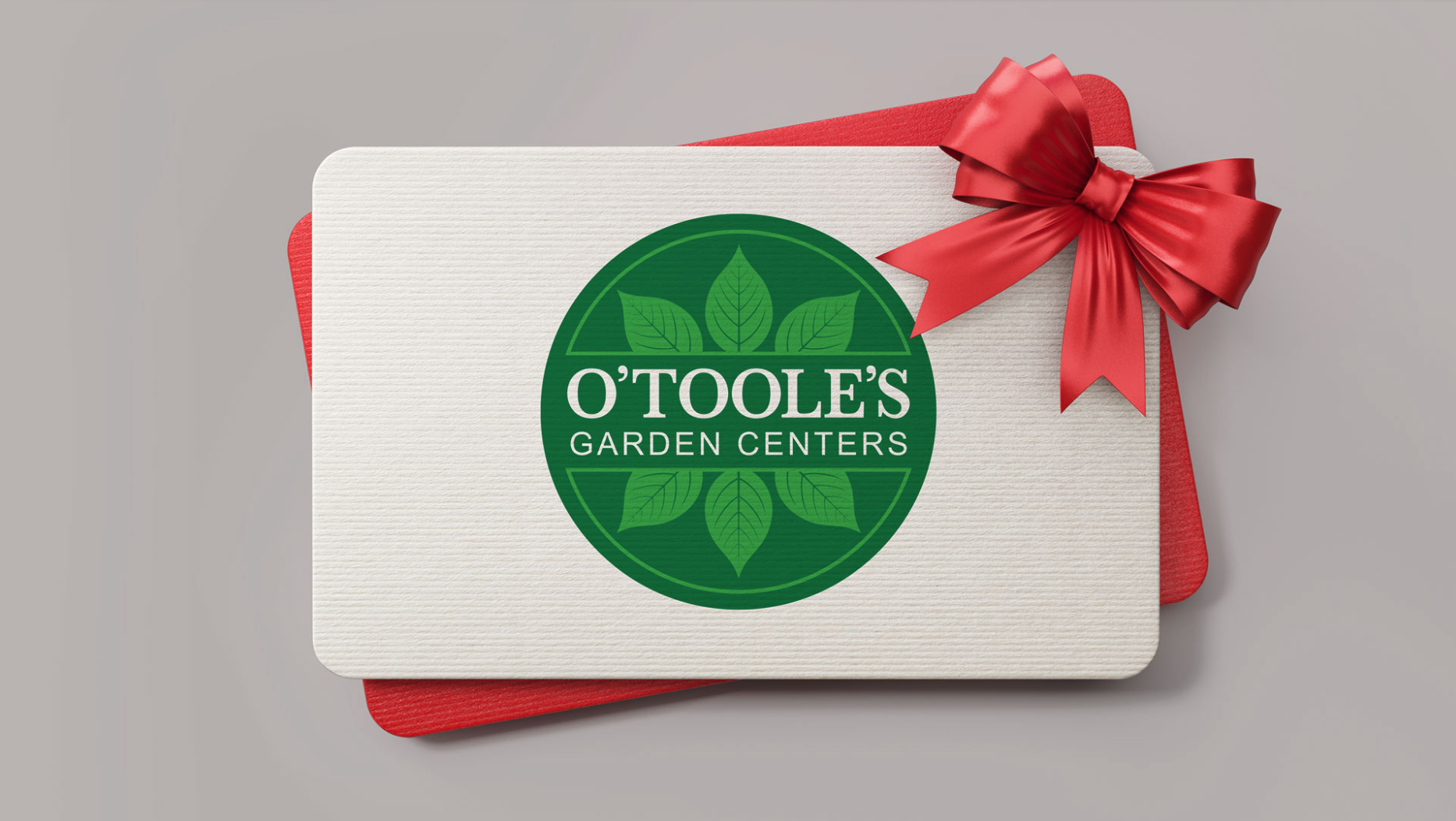
Consider a gift card for birthdays, Mother's Day, or the Holidays. Shop together, plant together and watch together as your gift grows and blossoms into the future!
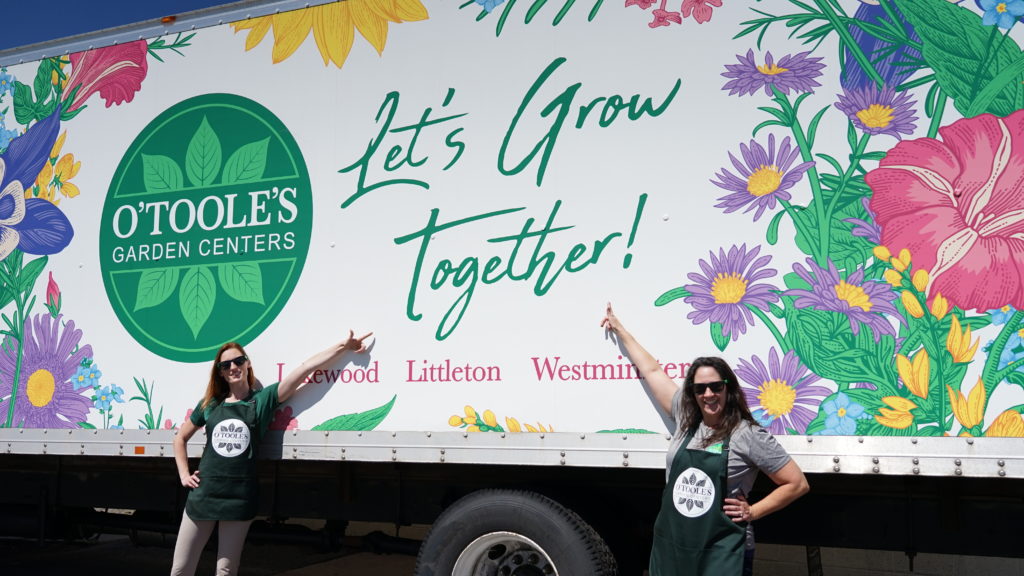
Spring is calling, and so are we! O’Toole’s Garden Center, a Denver favorite for over 45 years, is looking for passionate plant enthusiasts to join our team for the upcoming season.

How do you escape the stress of today’s news and the artificial lights of your computer screen and smart phone?
Our customers say that gardening is part of their “me time”, and that it helps them feel hopeful and positive, the same can be said about caring for houseplants.
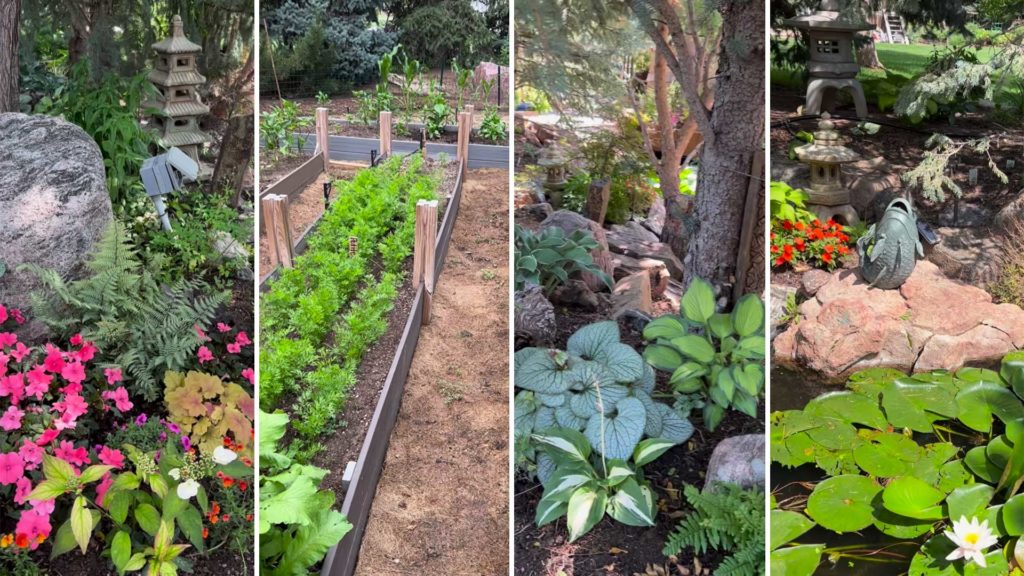
Thank you to everyone who participated in the 2023 Garden Giveaway contest! It’s so fun to see how your gardens take shape after meeting you while shopping in our stores. First Place @js_customs8 View this post on Instagram A post shared by John (@js_customs8) “I’ve been working on my garden and landscape for 25 years,” says JS, …
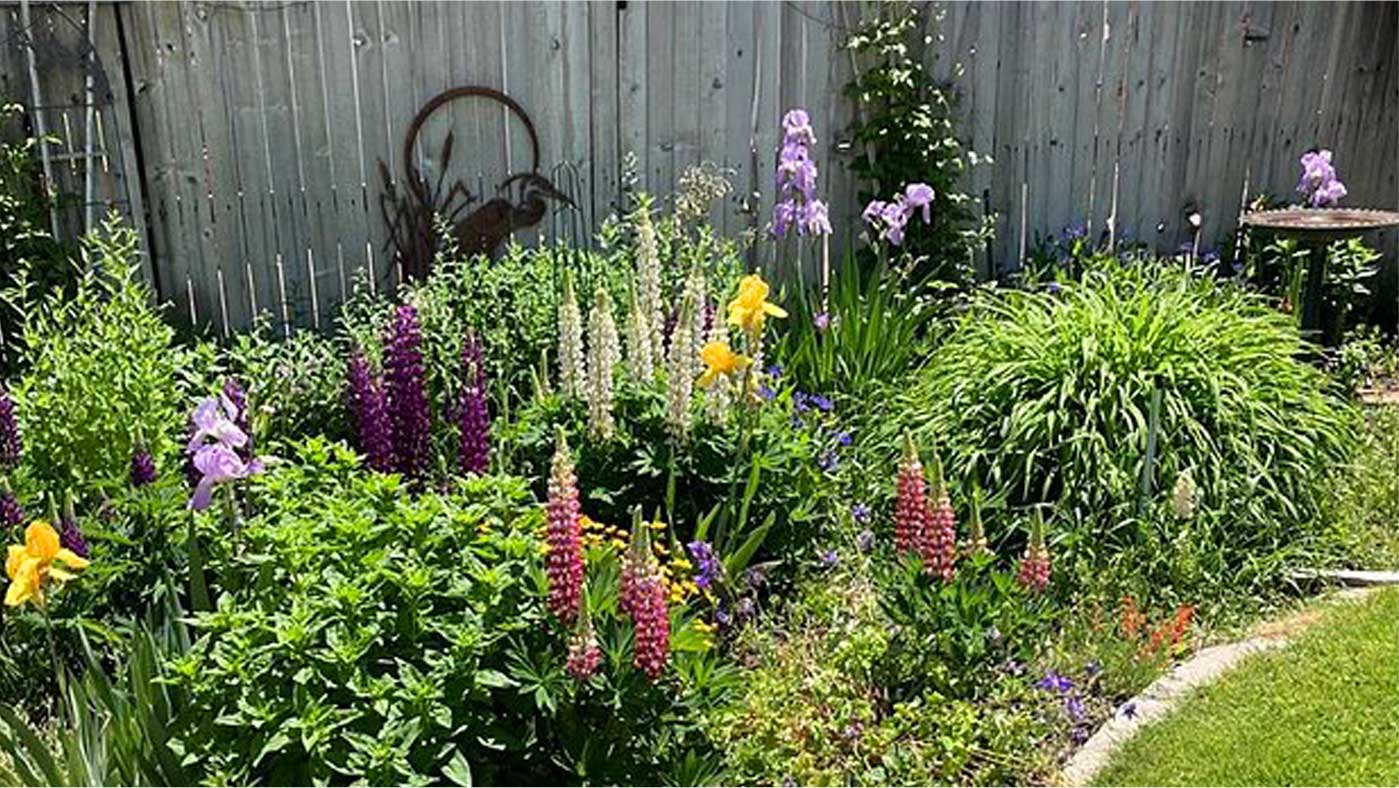
2020 Garden Giveaway Winners!
